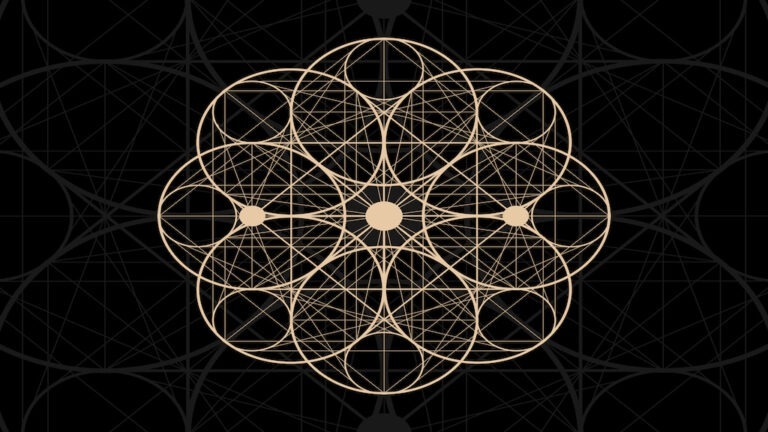Sacred Geometry Used to Predict Cryptocurrency Trends

Investors in cryptocurrency have grown by more than 300 percent in the last year alone. With the world coming out of one of the most tumultuous times in modern history, people are flocking to digital assets, but why? Could investors have found a key to unlocking the secrets of the crypto market by using sacred geometry?
Cryptocurrency, a one-time novelty used by tech-savvy individuals as a digital storehouse of wealth is now being adopted by some of the largest institutions around the world; cryptocurrency has gone mainstream. But with growing demand comes the need to better understand these new markets. Some investors have found the use of sacred geometry as a way to track the trends of digital currency. Known as Fibonacci retracements, this sacred geometric tool has been used to predict potential support and resistance levels for price actions in financial markets.
But what is sacred geometry, and in particular the Fibonacci sequence?
Watch more:
Sacred Geometry in Nature

Sacred geometry is the nexus point between physics and mysticism. It is the realm where infinities live within finite forms, and the chaos of creation is brought to order.
The true beauty of sacred geometry is that it satisfies both the right and left brain. Elegant expressions of compelling proportional relationships simultaneously activate the intellectual and artistic functions, merging the rational with the abstract.
Sacred geometry arises from the desire to express philosophical truths through concrete means. It offers a scientific method for philosophical inquiry, complete with hypotheses, experiments, and repeatable results.
The best way to study the fundamental shapes of nature is to draw them yourself. In order to fully appreciate this article, I would encourage you to procure paper, pencil, compass and straight edge in order to perform at home the experiments here described.
Now, we will embark on a journey through creation as it arises in spheres, lines, and spirals. Fair warning: visceral engagement with these shapes can be irrationally rewarding; what begins as strictly formulaic may soon become more magical than ever expected.
Geometry as Nature’s Language
Geometry is not merely symbolic. It is nature’s way of solving problems with elegance and efficiency. The spiral of a galaxy mirrors the curl of a seashell, the hexagon of a honeycomb repeats in basalt columns, and the fractal branching of trees resembles lightning, rivers, and lungs. These recurring shapes reveal that nature builds through balance, proportion, and repetition.
In this sense, sacred geometry is also natural geometry, the mathematical language of creation itself. Patterns like the Fibonacci sequence and Golden Ratio govern growth and form, producing harmony in seashells, flowers, and snowflakes alike. Whether viewed through physics or philosophy, these patterns show that geometry connects all things, linking matter, energy, and consciousness through timeless order.




































